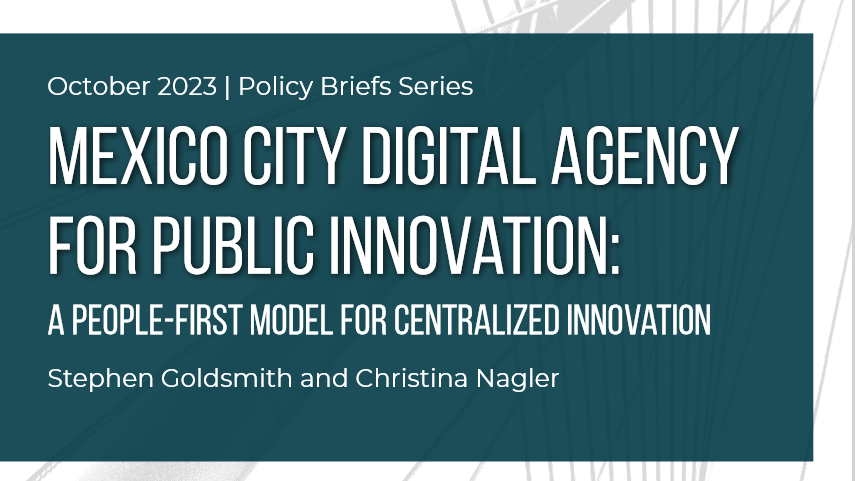- August 13, 2014
- Crowdsourcing
The emergence of social media and Web 2.0 has redefined how organizations introduce innovation. New technology has the potential to foster more open and collaborative discussions so that the collective intelligence of thousands of employees can be used to address problems. This practice of generating new ideas from crowdsourcing technologies is called ideation, and it can enhance both productivity and employee morale. Over the past five years, several federal agencies have experimented with different ideation platforms, yielding critical lessons on what works and what doesn't. It is clear that if ideation platforms hope to become more than glorified suggestion boxes, managers will need to invest time and resources to invest time and resources carefully.
In 2010, the Federal Aviation Administration (FAA) launched IdeaHub, an internal ideation platform that allowed Department of Transportation (DoT) employees to post ideas and suggestions. Once an idea is posted, other employees can vote it up or down, and popular ideas are presented to an Innovation Council for evaluation. While current data is not available, the platform appeared to be popular immediately after the launch. Between 2010 and 2013, roughly 4,000 visitors on average visited the site each month and more than 5,500 ideas were submitted. After receiving almost 95,000 ratings on each idea, 86 were selected for implementation. They ranged in subject matter from budget issues to possible efficiency gains. One idea dealt with airport safety: some airports used the same phonetic alphabets for parking or ramp areas in airports, creating confusion. The idea called for a standardized rule that would replace this practice, and new rules were taken up by the U.S. government and, eventually, the International Civil Aviation Organization.
Other agencies, such as the State Department and the Centers for Disease Control and Prevention, have offered their own ideation platforms. While reviews suggest they are powerful tools to develop a shared culture among employees and improve relations between managers and workers, there are some important pitfalls. A former employee at the State Department complained that managers saw SoundingBoard, the agency's ideation platform, merely as a "cathartic" outlet for employees, and not a serious vetting place for innovation. "Indeed, when I left," O'Connor wrote in a widely distributed piece, "there was no meaningful process in place to review and take appropriate action to either reject or on some level adopt these employee suggestions."
In a review of federal ideation programs, the IBM Center for the Business of Government listed several key challenges that hinder the potential of ideation to deliver meaningful change. The list included not having enough human resources to review or vet idea submissions; dealing with resistance from managers or an officially sanctioned innovation group; and properly addressing privacy concerns. Managers need to handle the introduction of their ideation platform carefully to ensure that the software attracts employees' interest and ongoing participation.
Using crowdsourcing to generate new ideas should involve more than a new message board. As technologies develop and become more accessible, an ideation platform could offer employees easy access to internal data analytics software to help them evaluate the organization's performance. The barriers to launching an effective ideation campaign are also falling. The federal government has published a "How To" guide for managers interested in introducing ideation, and last month, Digital Gov released a no-cost ideation platform that any federal agency can use. The costs of running an ideation platform may be easily outweighed by the benefits of introducing innovation and improving employee morale. The Transportation Security Agency (TSA) used its ideation software, IdeaFactory, to solicit ideas on the best way to allocate employee bonuses and a new internal job board that allows employees to swap jobs based on location.
Read more about ideation platforms in the IBM report.

 Rohan Mascarenhas
Rohan Mascarenhas


